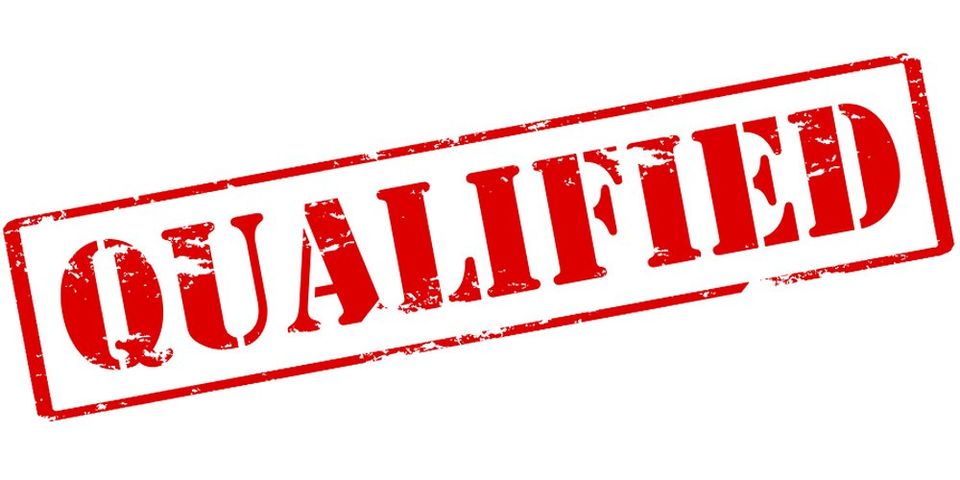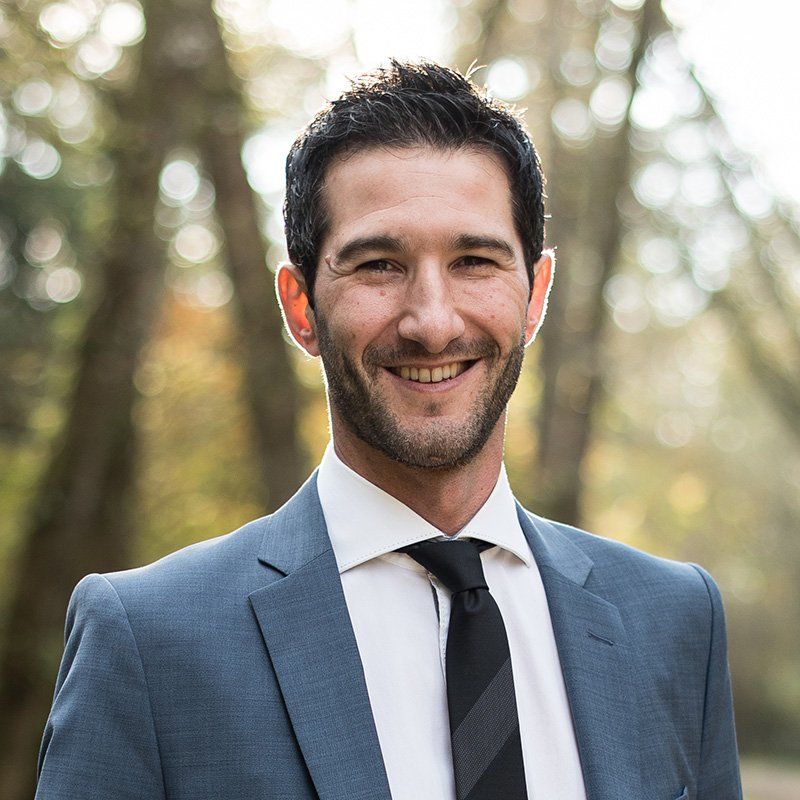What's Your Number?
Michael Hallett • October 31, 2016

What is the maximum mortgage amount one now qualifies for with the rules that came into effect on October 17th?
Short answer: LESS. A minimum of 20% less, in fact.
Before October 17th the lenders calculated the maximum mortgage amount based on the contract rate of 2.49%, but now it is based on the Bank of Canada benchmark rate of 4.64%
Here are three random scenarios that I have created to outline borrowers’ qualifying power before and after the change. Note they are all based on 25-year amortization, the new qualifying interest rate (5-year Bank of Canada benchmark, currently 4.64%) as well as a GOOD credit score of 680 or greater. The first two are based on 5% down; the third is based on a 20% down payment, which does not require mortgage insurance.
Scenario #1 - young professional
Gross Household Income $75,000
Monthly Expenses $450 (car loan and student loan)
Monthly Strata & Property Tax $484
Maximum Purchase Price Now $370,000 ($18,500 down payment)
Before Rule Change $435,000
Scenario #2 - young professional couple
Gross Household Income $140,000
Monthly Expenses $1,230 (car & personal loans, unsecured LOC, credit card)
Monthly Strata & Property Tax $584
Maximum Purchase Price Now $725,000 ($36,250 down payment)
Before Rule Change $840,000
Scenario #2 - established Gen-X with a family
Gross Household Income $180,000
Monthly Expenses $2,300 (car & personal loans, credit card)
Monthly Property Tax $417
Maximum Purchase Price $960,000 ($48,000 down payment required)
(Mortgage amounts over $999,999 are not eligible for default insurance. Therefore one would be required to apply a 20% down payment.)
This is just a quick and dirty summary of three simple scenarios. Now more than ever, we as mortgage consumers need to get pre-qualified before making any real estate-based decisions. The average cost to buy a single-family detached home in my area is $1,175,000, townhouses are approximately $535,000, followed by condos priced around $377,000.
My suggestion, and the first thing that one should do if you are looking to re-finance or purchase a new home, is to contact your trusted mortgage broker to find out exactly how much you qualify for.
Don't get caught up in the emotional experience of buying a new home. Make sure you treat it like any other business decision: the numbers need to make sense first, then you need to figure which parts of your WANT and NEED list you can live with and live without.
For more details on changes to the mortgage rules, please read my previous post, THE GOAL POSTS MOVE, YET AGAIN!
SHARE
MY INSTAGRAM
Mortgage Brokering meets mountain biking and craft beer. A couple months ago I set for a bike ride with the intention of answering few mortgage related questions, mission accomplished. Any good bike ride pairs nicely with a tasty beer which we enjoyed @parksidebrewery. Hope you see the passion I have for brokering, biking and beer. @torcabikes #mountainbikingmortgagebroker
TEASER alert...at thats what I think they call it in the business. Years ago a wrote a blog called BEERS BIKES AND MORTGAGES. I some how (in my head) blended all 3 topics into 1 blog. Simply put, I enjoy aspects of all 3 with each of them providing something different. I re-united with the talented Regan Payne on a project that I think will shed a bit more light on who I am and what I do. #craftbeer #mountainbike #mortgagebrokerbc #dlccanadainc
I saw this hat on Instagram, that very moment I knew I needed it. As a BC boy born and bred The Outdoorsman hat needed to be added to my collection. As someone who loves BC and most things outdoor, I’m now glad I have a cool hat to wear and fly the flag of BEAUTIFUL BRITISH COLUMBIA. It will be in my bag for all post-exploration celebratory cold pints. If you want to check them out or add one to your collection go to @nineoclockgun ...and yes my facial hair matches the hat as well.
View more

Deciding to list your home for sale is a big decision. And while there are many reasons you might want/need to sell, here are 3 questions you should ask yourself; and have answers to, before taking that step. What is my plan to get my property ready for sale? Assessing the value of your home is an important first step. Talking with a real estate professional will help accomplish that. They will be able to tell you what comparable properties in your area have sold for and what you can expect to sell your property for. They will also know specific market conditions and be able to help you put a plan together. But as you’re putting together that plan, here are a few discussion points to work through. A little time/money upfront might increase the final sale price. Declutter and depersonalize Minor repairs A fresh coat of interior/exterior paint New fixtures Hire a home stager or designer Exterior maintenance Professional pictures and/or virtual tour But then again, these are all just considerations; selling real estate isn’t an exact science. Current housing market conditions will shape this conversation. The best plan of action is to find a real estate professional you trust, ask a lot of questions, and listen to their advice. What are the costs associated with selling? Oftentimes it’s the simple math that can betray you. In your head, you do quick calculations; you take what you think your property will sell for and then subtract what you owe on your mortgage; the rest is profit! Well, not so fast. Costs add up when selling a home. Here is a list of costs you’ll want to consider. Real estate commissions (plus tax) Mortgage discharge fees and penalties Lawyer’s fees Utilities and property tax account settlements Hiring movers and/or storage fees Having the exact figures ahead of time allows you to make a better decision. Now, the real wildcard here is the potential mortgage penalty you might pay if you break your existing mortgage. If you need help figuring this number out, get in touch! What is my plan going forward? If you’re already considering selling your home, it would be fair to guess that you have your reasons. But as you move forward, make sure you have a plan that is free of assumptions. If you plan to move from your existing property to another property that you will be purchasing, make sure you have worked through mortgage financing ahead of time. Just because you’ve qualified for a mortgage in the past doesn’t mean you’ll qualify for a mortgage in the future. Depending on when you got your last mortgage, a lot could have changed. You’ll want to know exactly what you can qualify for before you sell your existing property. If you’d like to talk through all your options, connect anytime! It would be a pleasure to work with you and provide you with professional, unbiased advice.

How to Start Saving for a Down Payment (Without Overhauling Your Life) Let’s face it—saving money isn’t always easy. Life is expensive, and setting aside extra cash takes discipline and a clear plan. Whether your goal is to buy your first home or make a move to something new, building up a down payment is one of the biggest financial hurdles. The good news? You don’t have to do it alone—and it might be simpler than you think. Step 1: Know Your Numbers Before you can start saving, you need to know where you stand. That means getting clear on two things: how much money you bring in and how much of it is going out. Figure out your monthly income. Use your net (after-tax) income, not your gross. If you’re self-employed or your income fluctuates, take an average over the last few months. Don’t forget to include occasional income like tax returns, bonuses, or government benefits. Track your spending. Go through your last 2–3 months of bank and credit card statements. List out your regular bills (rent, phone, groceries), then your extras (dining out, subscriptions, impulse buys). You might be surprised where your money’s going. This part isn’t always fun—but it’s empowering. You can’t change what you don’t see. Step 2: Create a Plan That Works for You Once you have the full picture, it’s time to make a plan. The basic formula for saving is simple: Spend less than you earn. Save the difference. But in real life, it’s more about small adjustments than major sacrifices. Cut what doesn’t matter. Cancel unused subscriptions or set a dining-out limit. Automate your savings. Set up a separate “down payment” account and auto-transfer money on payday—even if it’s just $50. Find ways to boost your income. Can you pick up a side job, sell unused stuff, or ask for a raise? Consistency matters more than big chunks. Start small and build momentum. Step 3: Think Bigger Than Just Saving A lot of people assume saving for a down payment is the first—and only—step toward buying a home. But there’s more to it. When you apply for a mortgage, lenders look at: Your income Your debt Your credit score Your down payment That means even while you’re saving, you can (and should) be doing things like: Building your credit score Paying down high-interest debt Gathering documents for pre-approval That’s where we come in. Step 4: Get Advice Early Saving up for a home doesn’t have to be a solo mission. In fact, talking to a mortgage professional early in the process can help you avoid missteps and reach your goal faster. We can: Help you calculate how much you actually need to save Offer tips to strengthen your application while you save Explore alternate down payment options (like gifts or programs for first-time buyers) Build a step-by-step plan to get you mortgage-ready Ready to get serious about buying a home? We’d love to help you build a plan that fits your life—and your goals. Reach out anytime for a no-pressure conversation.







































































































